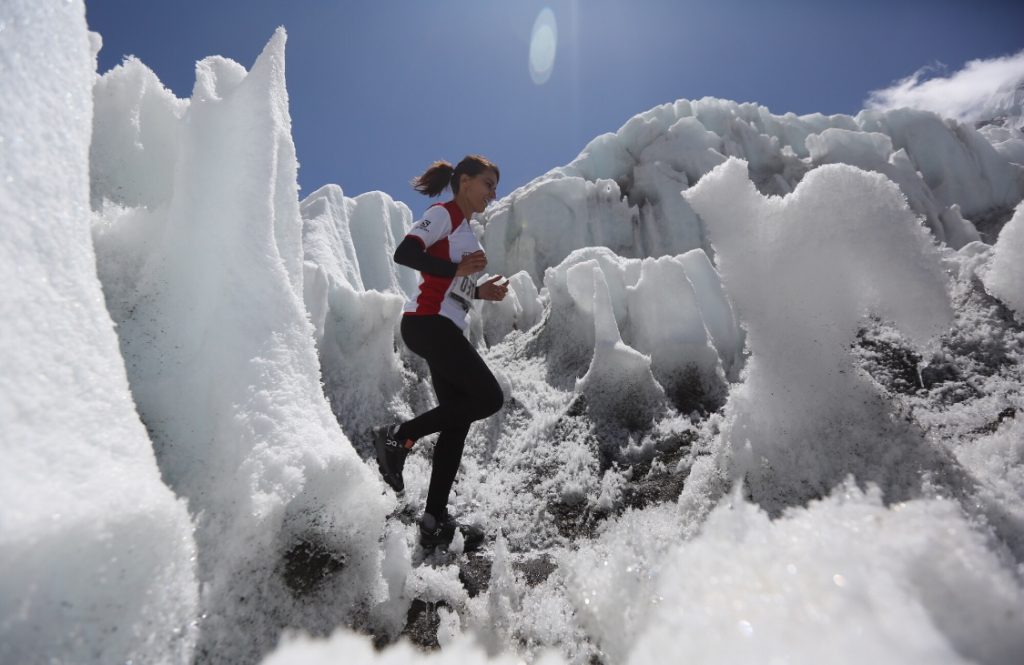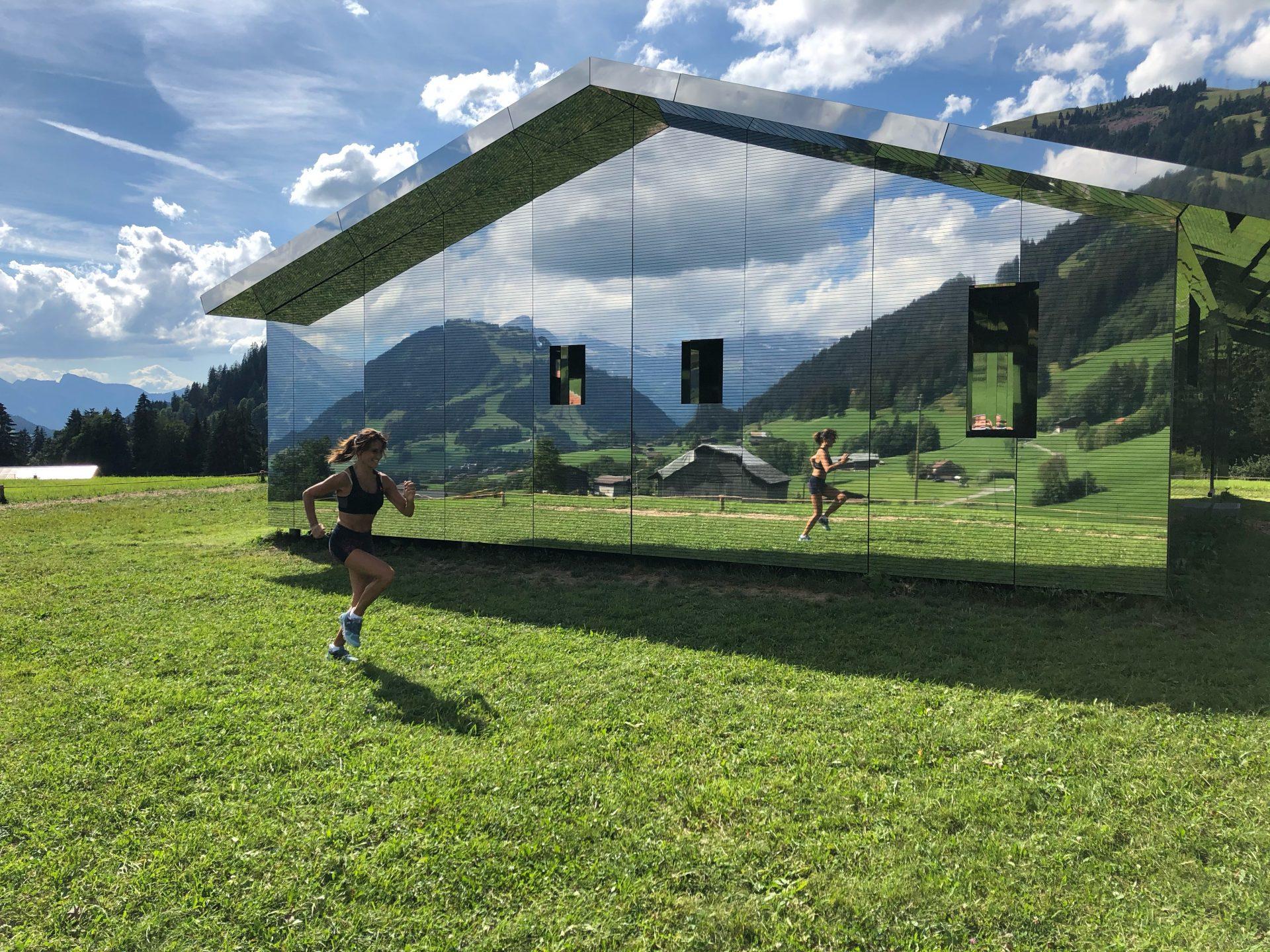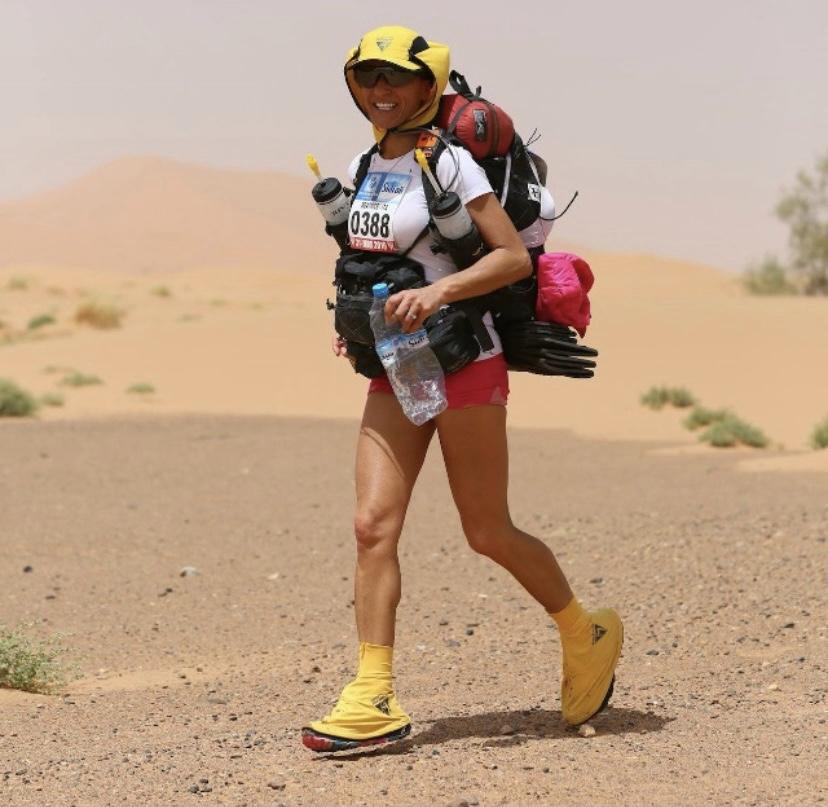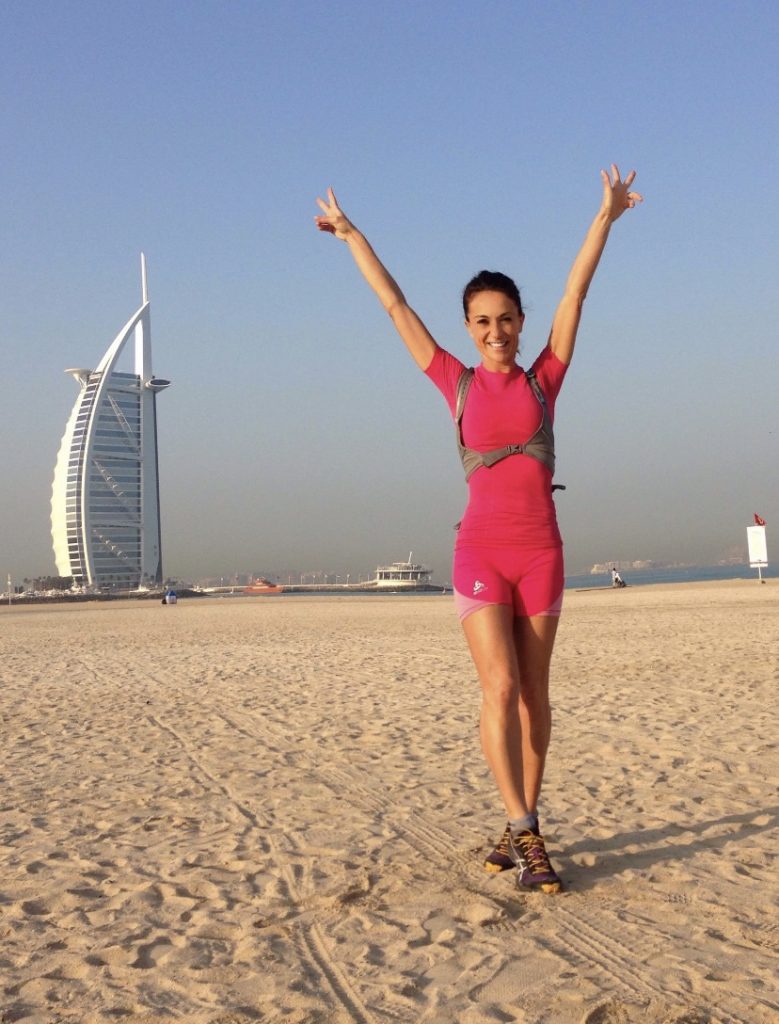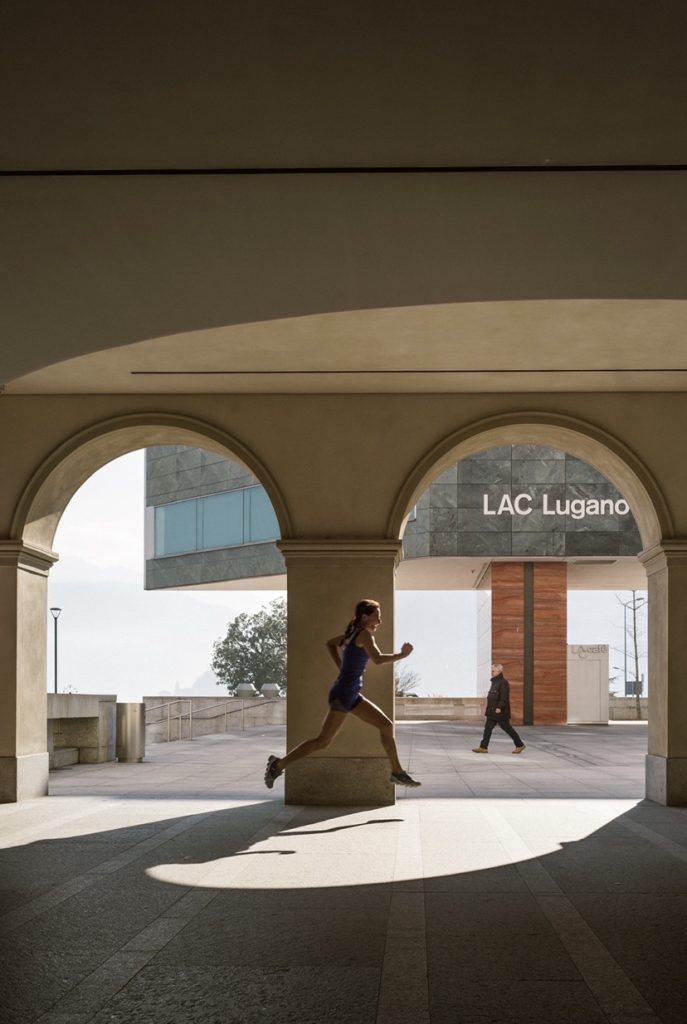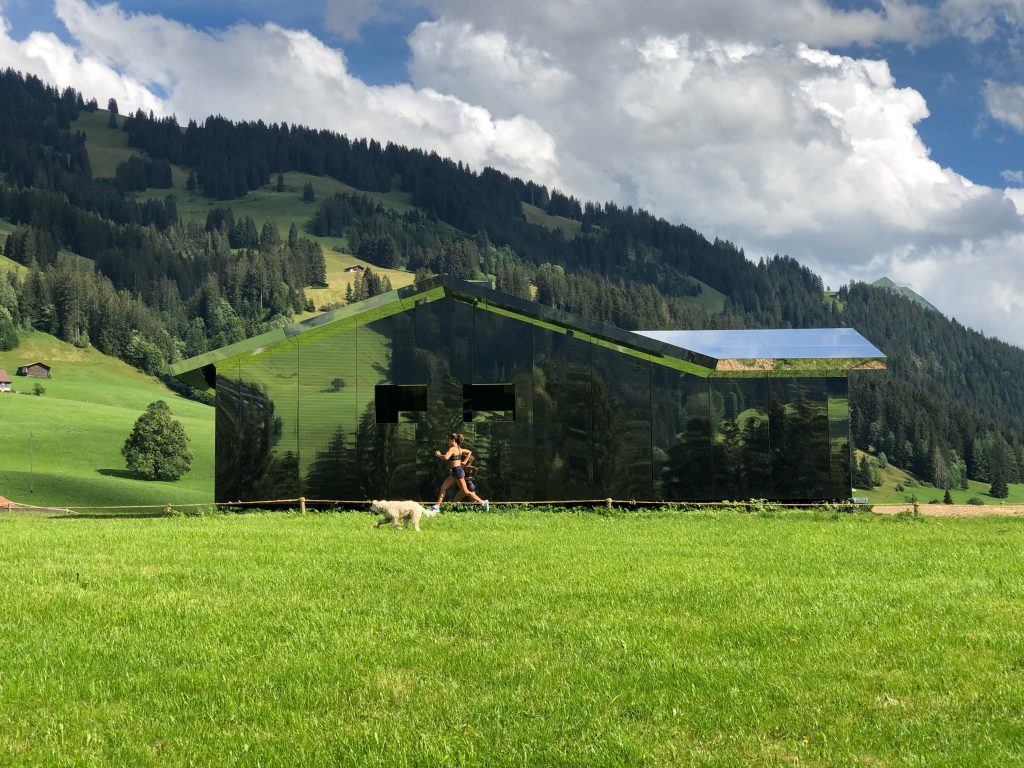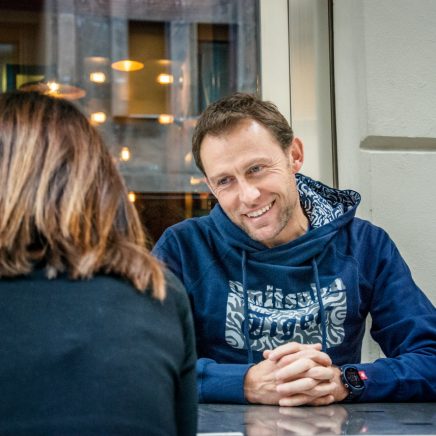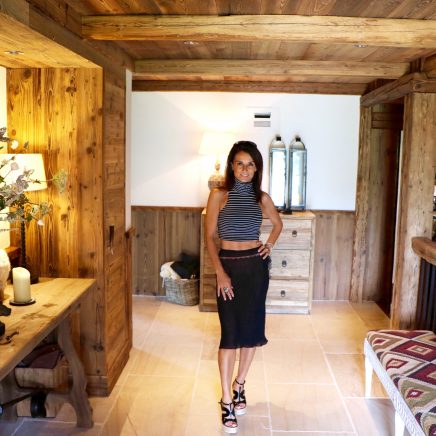November 30, 2020 |
Fitness, Running,
5 Things I Wish I Knew Before Starting Long Distance Running
On one hand, running is easy and practical: all you need is a pair of shoes, no appointment, nothing. And that’s a feature I still love about this sport. But on the other hand, if you want to go one step further and try long distance (a marathon or longer – officially, anything above 42 km is an ultra marathon), you need to prepare well and might want to use some insider tips. Wish I knew them before making tons of mistakes! So here’s my list – I hope it can help you or inspire you, together with these images.
- All good runners do strenght training. There is no speed without muscle. Even to go slow and only survive a long race, you’ll need to strengthen your body with some gym, weights or strength training with your own body weight. People in their 80s or 90s have been “taken out” of their wheelchairs simply by exercising their muscles – your body reacts at any age. Only strong muscles will make you move for very long. Don’t forget your ankles and strengthen them too; running trails can be risky if you are weak there, so train them to avoid injury. How I learnt it: I twisted my ankle with a really small movement on a rock, and in general I am slower if I don’t work at my muscles.
- Gels and Bars are not where they should be. Nutrition is a huge subject and there are tons of books and theories about it. In my experience, tips change depending on the person (for example, I need to fill my body up to the max with food, before an ultra marathon, because I always risk to go down in fuel. My husband, instead, needs to stop before he is completely full, and if he eats too much he will throw up during the race). But one thing I have noticed in extremely long runs is that, after a while you eat gels or bars (they are mostly sweet), you start to have a nausea or a problem. So my suggestion is: look for salty alternatives too. There is only a small quantity of savoury products available on the market, and sometimes, in a shop, you won’t find a single one. Just do it yourself and create your own portable snack. Nuts, dried meat, small pieces of Parmigiano…find your own alternative and pack it in small doses. There is something for every diet or regime. How I learnt it: I made many mistakes, from going low sugar and almost fainting, to dreaming salty and chewable food for a whole week in the desert.
- Dehydration is one of the main causes to quit and one often acts too late. This is such and underestimated issue. So often people get cramps because they didn’t drink enough, or, if the temperature is high, they get seriously dehydrated – which is a point of no return and brings them to hospital. The problem is that they often start drinking too late. My tip is to start hydrating more than usual already 2 or 3 days before the race, not the morning of the marathon! Another tip is not to skip a single help station. If the run is long and help stations quite distanced (more than 5 km), bring your own camel bag and keep sipping all the time, also if you are not thirsty. Finally, you might want to try some bouillon, instead of simple water or sweet energy drinks that will make you sick, long term. How I learnt it: once I didn’t drink enough because I had to do “only ” a 5 km race. It was the slowest in my life and I suffered all the way through it.
- Feet are the other big reason to quit. Another thing that rarely is given the right importance: how to avoid blisters/ruined, bleeding feet? Before Marathon des Sables I agonised to find the right shoes, in the right size, to test them long enough, and to prepare my feet. I read many articles, tried many shoes during trainings, and finally prepared my feet for 2 months by avoiding to remove any hard skin with pedicures, using Dr Scholl’s cream for extreme sports twice a day, to keep the (hard ) skin hydrated, and finally…using a pet spray (yes, for cats and dogs) to “reinforce” my skin, like one sometimes does for paws. Finally, a ballet dancer told me she avoided blisters using toe protectors, so I have also used those. When my feet were really really swollen, at the end of 256 km, I had to remove my insoles from my shoes, to make space. How I learnt these tips: by reading a lot and asking a lot around. I didn’t make a major mistake on this one up to now, so I consider myself almost an expert!
- You run with your mind first. Then with your legs. Athletes use mental coaches, sport psychology, meditation or a variety of mental techniques to keep strong and motivated, when it gets really tough. Personally I am naturally optimistic, I don’t need anything too specific and simply ask other runners how they do it. However, with time and experience I have improved my endurance with some mental reactions that are now automatic. If I have a pain, I turn it positive and think something along this line: “my body is telling me to change something, it’s healthy, it’s all good and normal and I can adapt”. If I am worried about something (a climb, quicksand, getting lost, etc), I think something like “worry is like a rocking chair. It gives me something to do, but doesn’t bring me anywhere”, and I know it costs a lot of energy, so I better start thinking of a problem only when I have it, not before. If I am tired and weak, I detach or think that every crisis has an end, I even paid to do this, and it’s exactly in crisis that you show who you are. If I have any other negative issue, I avoid naming it or focusing on it. I turn everything into positive. I cheat my mind, because this has a real effect on my hormones and well being (it is scientifically proven). So no whining, no complaining, keep positive, keep going. How I learnt this? By talking with other ultra runners, and by running really long stuff.
